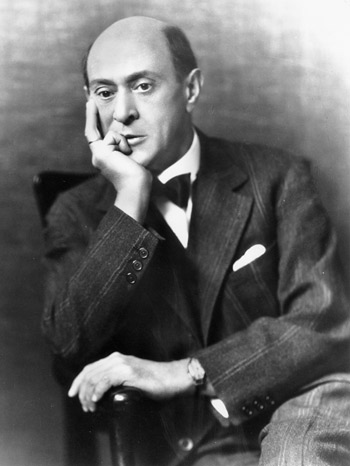MAVerick Ensemble offers a bracing sampler

The MAVerick Ensemble may not enjoy the high profile of some of Chicago’s new-music ensembles. But under the direction of cellist and artistic director William Jason Raynovich, the chamber group manages to consistently offer bracing and thoughtful contemporary programs in its unique home at the Ukrainian Institute of Modern Art. As its mission sattement says, MAVerick “showcases the body of works of those artists who embrace a spirit of innovation and disrupt established cultural and artistic norms.”
Not everything worked in the group’s season-opening concert in Ukrainian Village on a rainy Friday night, but it was an admirable outing for the venturesome MAVerick musicians with a much wider historical span of repertoire than the usual fresh-off-the-printer works.
Ben Vida’s Liminal Bends was heard in its “fourth installment” (i.e., revision) in collaboration with ACM and the Palomar Ensemble. The idea here is to explore contrasts in sound between the electronic pulsing and the live acoustic quintet (flute, clarinet, two cellos and vibraphone). The electronics and vibraphone blended to create a shimmering foundation for short isolated notes from flute and clarinet. The cellos enter with scalar rising and descending passages and sudden irregular pizzicatos. Spare and austere, there is a hushed hypnotic quality to this music that manages to be soothing yet disquieting at the same time
As Raynovich noted, MAVerick usually performs the newest of new music, but Schoenberg certainly falls into the group’s mission as a celebrated disrupter of cultural and artistic norms. His Chamber Symphony No. 1 (1906) hovers between the Late Romanticism of Verklarte Nacht and the 12-tone works to come, but even here traditional tonality is a sometime thing and harmonic and melodic moorings are undone and upended in the hectic hurly-burly.
The Chamber Symphony was presented in Anton Webern’s reduction which shaves the 15 instruments down to a quintet (flute, clarinet, violin, cello and piano). There is an undeniable loss of timbral variety and color in Webern’s arrangement, skillfully done as it is, yet the ensemble delivered a forcefully projected, strenuous performance. The close quarters and live acoustic made for some overbearing fortissimos and the playing was aggressively committed but at times felt like a work in progress that needed more light and shade and dynamic detailing.
Less successful were the other two works. Agostino Di Scipio’s Texture-Residue, scored for violin, guitar, clarinet, saxophone and electronics, uses music as “residue,”which is then manipulated via electronics. The volume rarely rises above mezzo-forte and consisted largely of percussive rapping by the players on their instruments, with occasional violin squeaks and isolated guitar notes. The result seemed as musically barren as the textures.
Bridging the Gap by Malcolm Goldstein proved more rewarding. The 1987 work for two musicians is highly improvisatory though that element was less apparent in Friday’s performance. Standing at opposite ends of the long museum gallery, percussionist Steve Butters played a “tenor steel pan” while Richard Moore threw off tenor saxophone bursts in the far corner. The trading of jazz riffs becomes more complex and intertwined, and while the music itself is not that interesting, the unearthly percussive sounds and Moore’s explosive virtuosity made for a compelling experience.
The MAVerick Ensemble’s next concert is January 26. maverickensemble.org
Posted in Uncategorized




